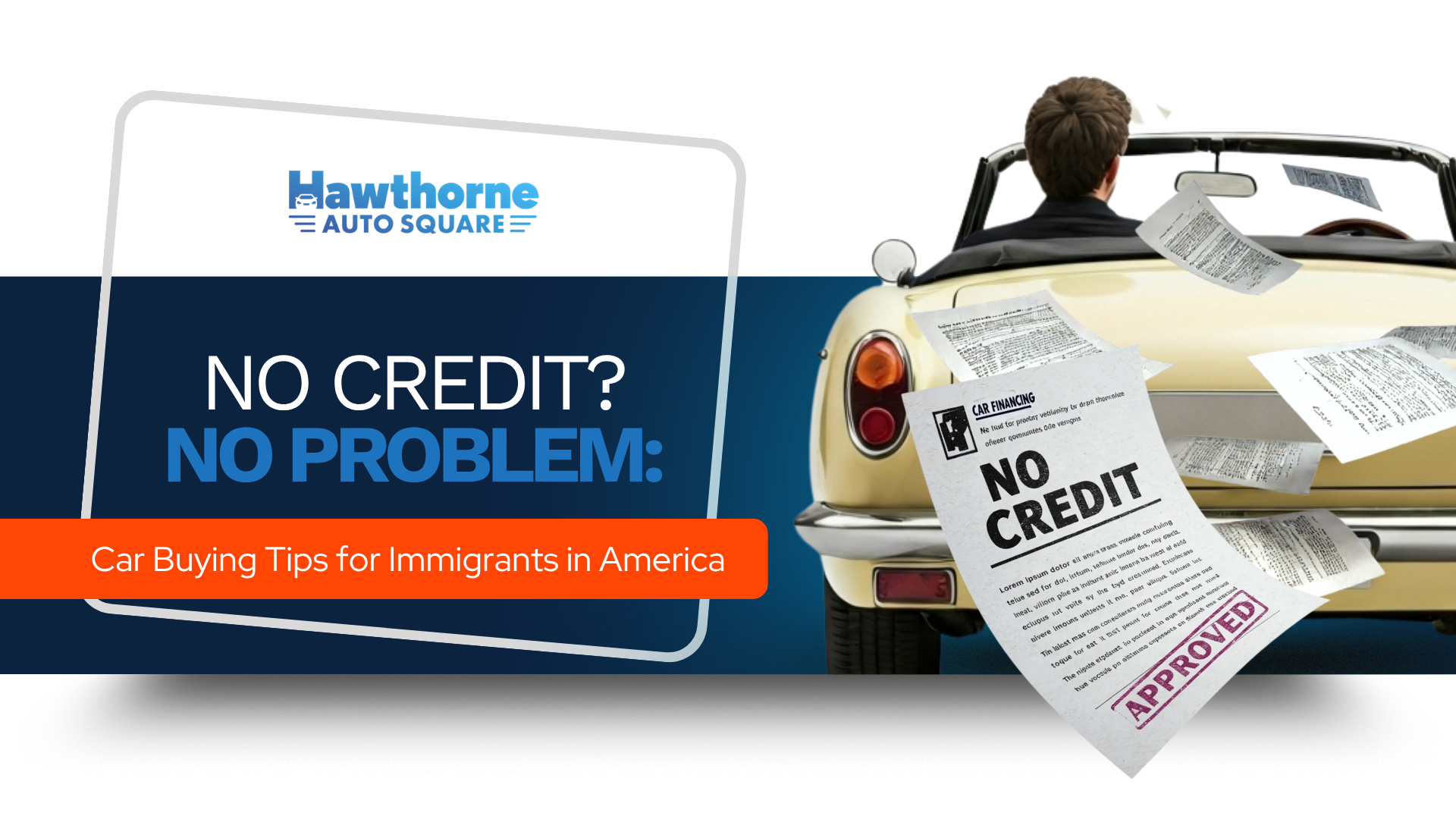
- SALES : (866) 707-7664
- PAYMENTS : (866) 902-7955
- 11646 PRAIRIE AVE, HAWTHORNE, CA 90250
- MON - SAT 8AM - 8PM | SUN 10AM - 6PM
- SALES : (866) 707-7664
- PAYMENTS : (866) 902-7955
- 11646 PRAIRIE AVE, HAWTHORNE, CA 90250
- MON - SAT 8AM - 8PM | SUN 10AM - 6PM
Checklist for Buying a Used Car for the First Time

If you’ve never had a car, buying a used one can have many perks. Cars depreciate in value over time. This means you can get a higher trim level or more features at a better price. But whether you’re buying your very first car or have decided to purchase your next vehicle at a used car dealership, there’s a lot to consider. Our checklist for buying a used car near Watts, CA will help understand the steps to getting the best possible deal.
Know Your Budget
The first step is to know what you can afford. For a teen or younger buyer, financing can be a challenge. Evaluate your income to determine what you can set aside each month for car payments, registration, insurance, gas, and possible repairs. To buy the car, you can pay for it in two ways:
- Pay cash that you have saved up (setting aside some for additional expenses).
- Take out a car loan (but be prepared for interest and fees).
Compare Pricing
Kelley Blue Book is a reputable source of pricing information. You can estimate the market value of the vehicle you’re looking at based on its age, mileage, and condition. Specific features and options factor in as well. Also check classified listings, newspaper ads, and other resources where you can compare prices to determine a fair cost.
Choose the Vehicle You Need
Now that you know your budget, you can shop for cars you can afford and consider questions such as:
- What is the car going to be used for?
- Are there known reliability or safety issues with the make and model?
- How have previous owners reviewed it?
- Do you really need a larger, more powerful vehicle?
- How much mileage does the car have? (on average, a car is driven about 12,000 miles a year).
Check the Vehicle History Report
Using the Vehicle Identification Number (VIN), you can look up the car’s history online. The vehicle history report will tell you if the car has been in an accident, sustained structural damage, was flooded, or whether it has passed emissions inspections. It also identifies the last reported odometer reading, how the car was used, and if there’s a lien against it. You can also learn whether there’s still warranty coverage on the vehicle.
Is the Vehicle Still Under Warranty?
There’s a lower risk if the vehicle is still covered by the manufacturer’s original warranty. Check whether existing coverage, and any vehicle protection plan or service contract, is transferrable. If not, then ask the dealership what kinds of protection plans they offer.
Test Drive the Vehicle
A test drive will help decide if the vehicle is comfortable to sit in and whether you’re satisfied with how it rides. You’ll want to consider factors such as:
- Visibility
- Brake response
- Acceleration
- Steering
- Accessibility of controls
- Noise and vibration
Before or after your test drive, inspect it for any damage. If there are flaws in the paint, someone might have covered up damage, or there may be corrosion. Check the interior and exterior thoroughly, during the day. Look for any visible or noticeable issues with the engine or transmission.
Also, take the vehicle to a professional mechanic for a full inspection. They can find hidden problems worth fixing or that means the car isn’t worth the trouble.
Negotiate
If you’ve researched the car and know what it’s worth, you can determine whether the asking price is reasonable. Dealers and other sellers often ask for a higher price than the market average. Negotiating is easier for some than others. A good place to start is any concerns you may have over the vehicle’s condition. If repairs or services are needed, point them out.
If you have a lower price in mind, state what you’re willing to pay. The seller then has the option to accept your offer or make a counteroffer. At a dealership, a car salesperson knows a lot of tricks, but you can bargain for less by starting with a low but reasonable offer. Also, repeat the numbers stated or write them down, and ask whether taxes and fees are included, to avoid any confusion.
Buy the Car
If you’ve found the car you like at a price you can afford, go for it. Here are the next steps:
- Add the vehicle to your insurance policy.
- Pay for the car.
- Get the title and registration.
- Ask the finance manager for a lower interest rate.
- Consider an extended warranty.
- Review and sign the sales contract.
Visit Hawthorne Auto Square
We have a huge inventory of used vehicles, so you can find the make and model you want. The process is made simple. You can get pre-approved online for financing and we offer no credit check loans. Our team has helped people, even with bad credit, receive financing with low monthly payments. If you’re working through our checklist for buying a used car for the first time, add a visit to our store. Call 866-707-7664 to get in touch with our sales team.
Latest News


Why Should I Buy a Used Toyota Camry?

Bankruptcy and Car Ownership: How BHPH Can Help


Used Car Price Trends for 2025: What Buyers & Sellers Need To Know
Get approved
It only takes a few minutes and won’t affect your credit.
- Pre-Inspected Cars
- Clean Title
- Under Warranty
Latest Videos
What Do I Need To Buy A Car - Hawthorne Auto Square
Second Chance for a New Car - Hawthorne Auto Square
Pre Approved Auto Lone – Hawthorne Auto Square
- SALES : (866) 707-7664
- PAYMENTS : (866) 902-7955
- 11646 PRAIRIE AVE, HAWTHORNE, CA 90250
- MON - SAT 8AM - 8PM | SUN 10AM - 6PM
© 2025 Hawthorne Auto Square. All Rights Reserved. Website Designed by: Ad Leverage | Privacy Policy | Terms of Service | Manage Cookies | DSAR |License #91864
© 2025 Hawthorne Auto Square. All Rights Reserved. Website Designed by:
Ad Leverage | Privacy Policy | Terms of Service
License #91864

